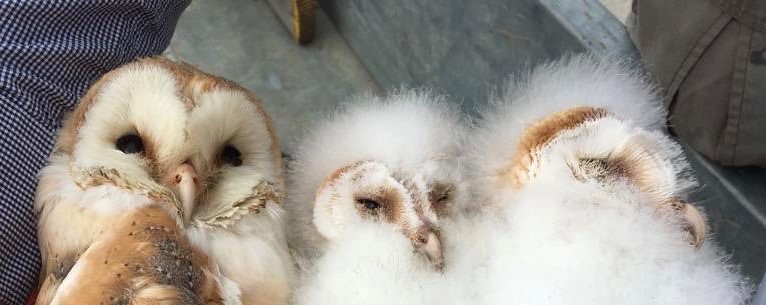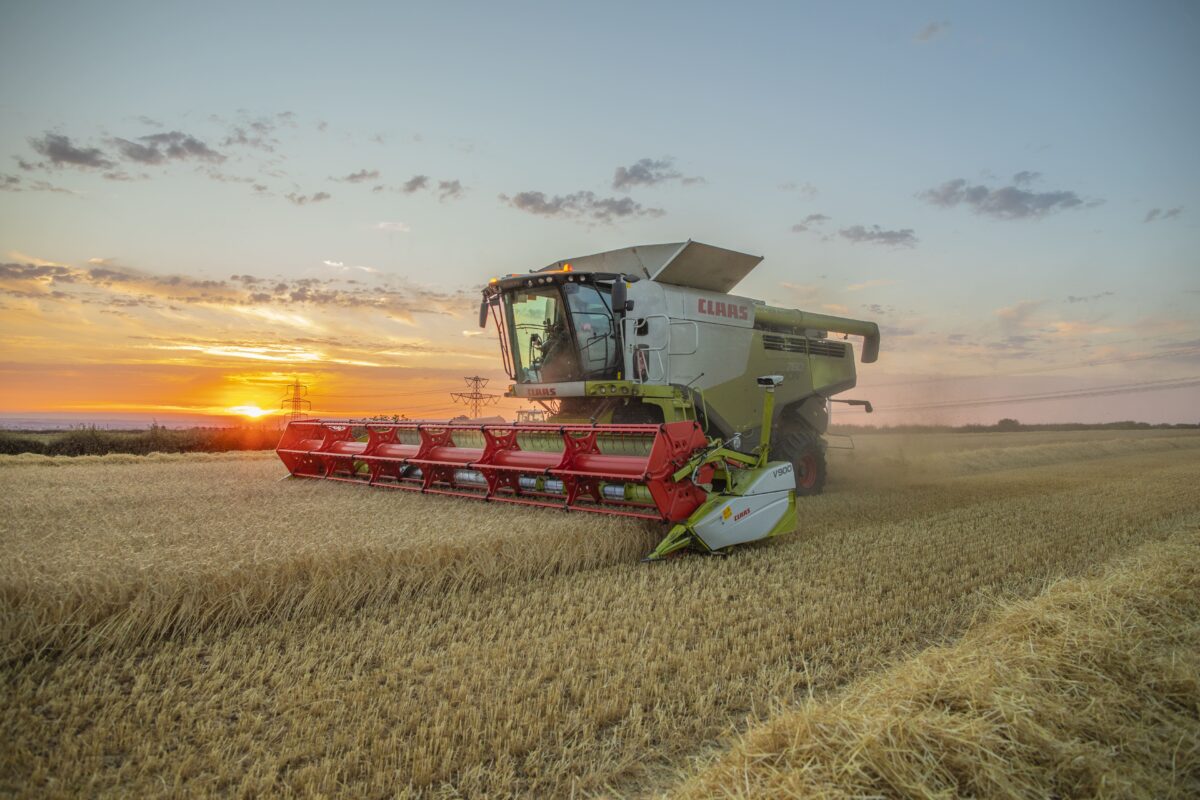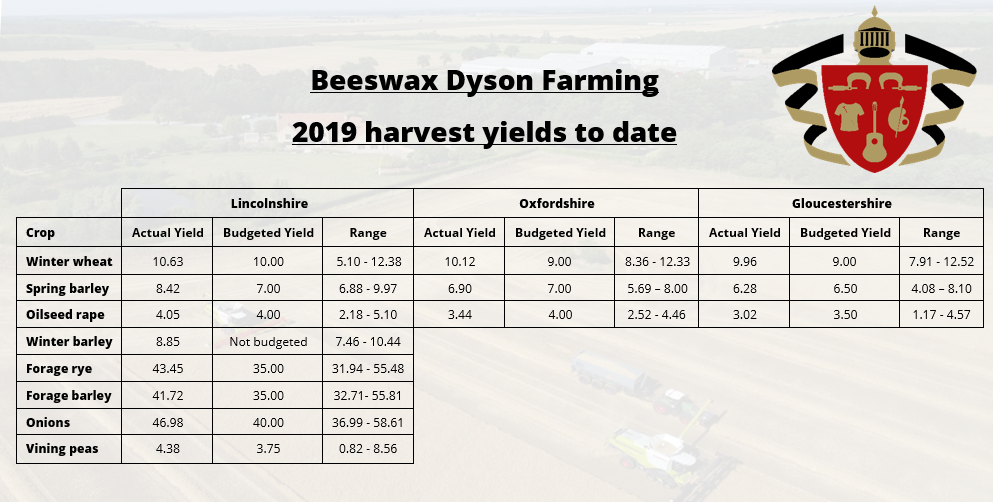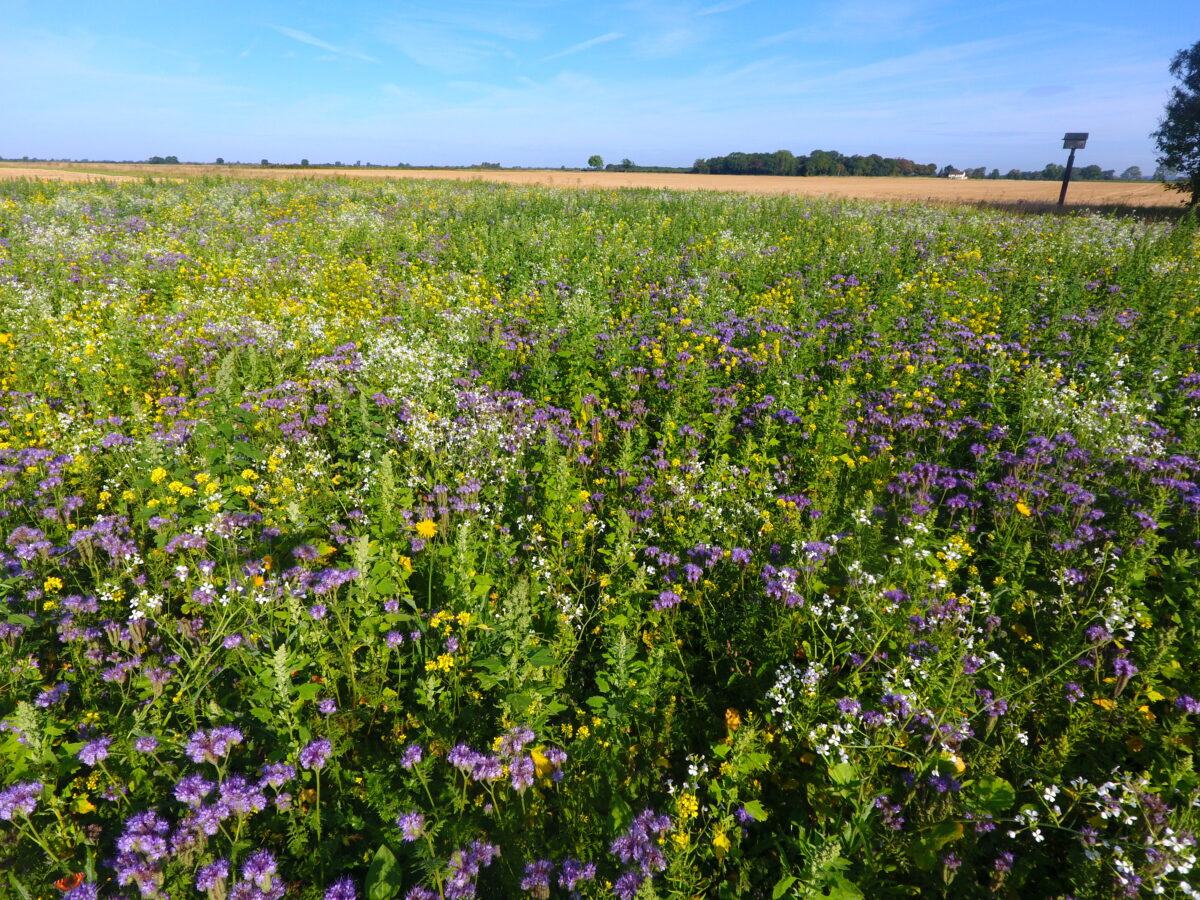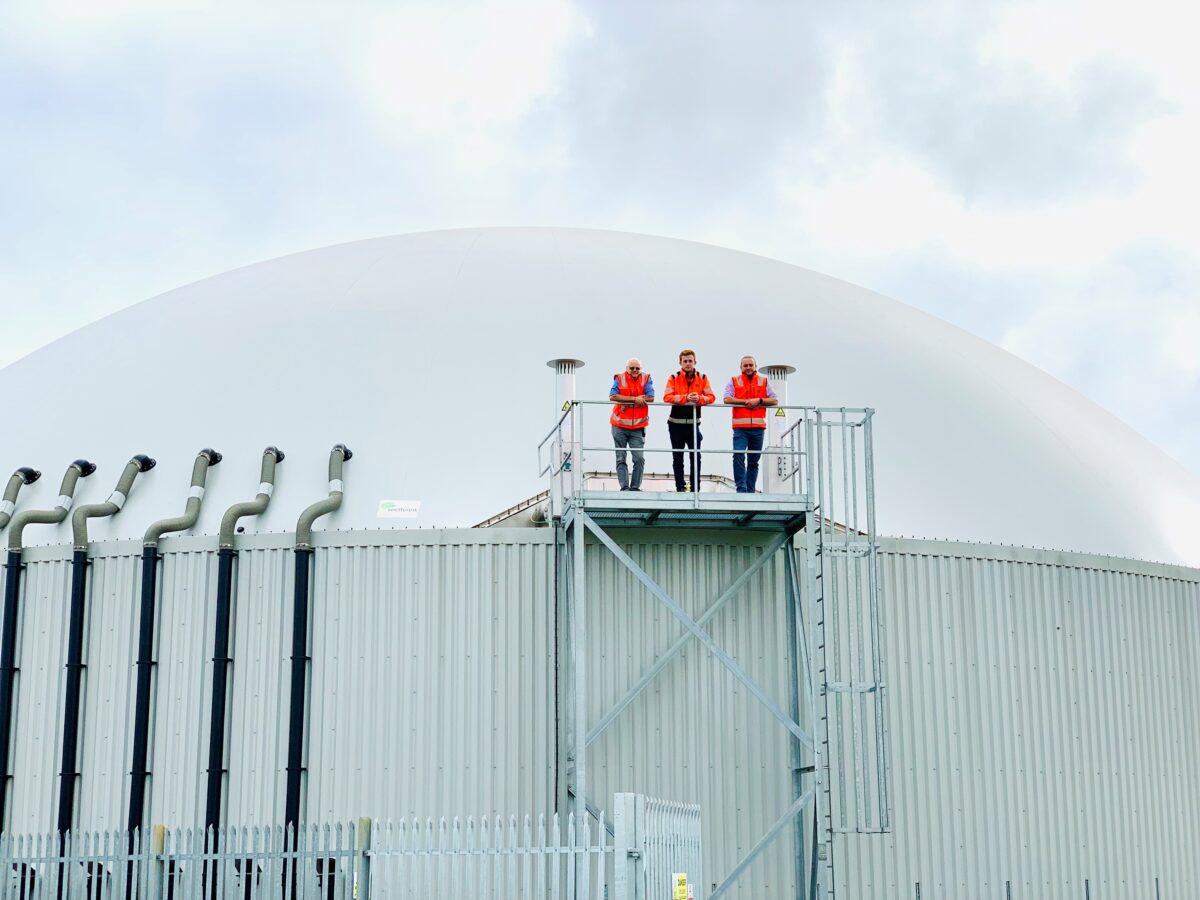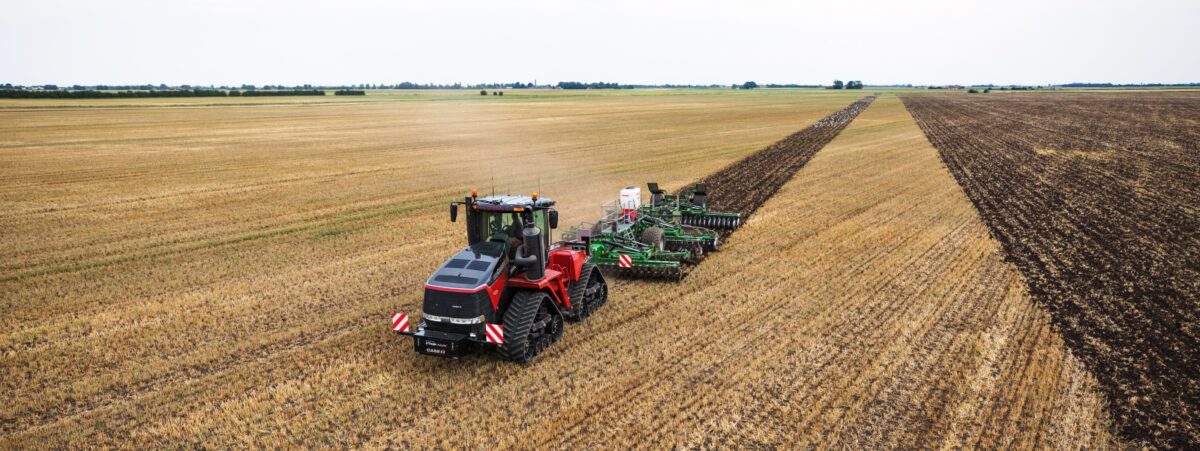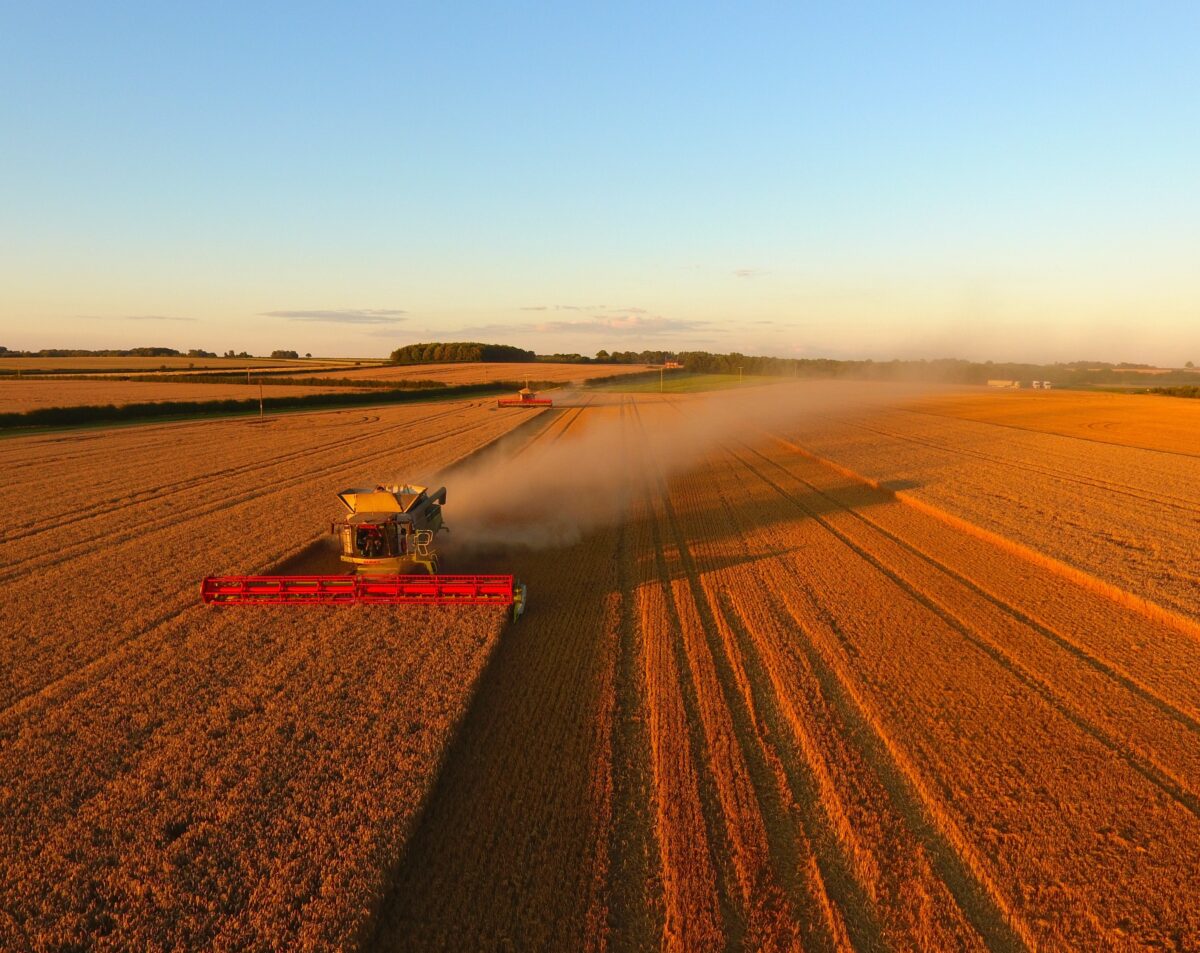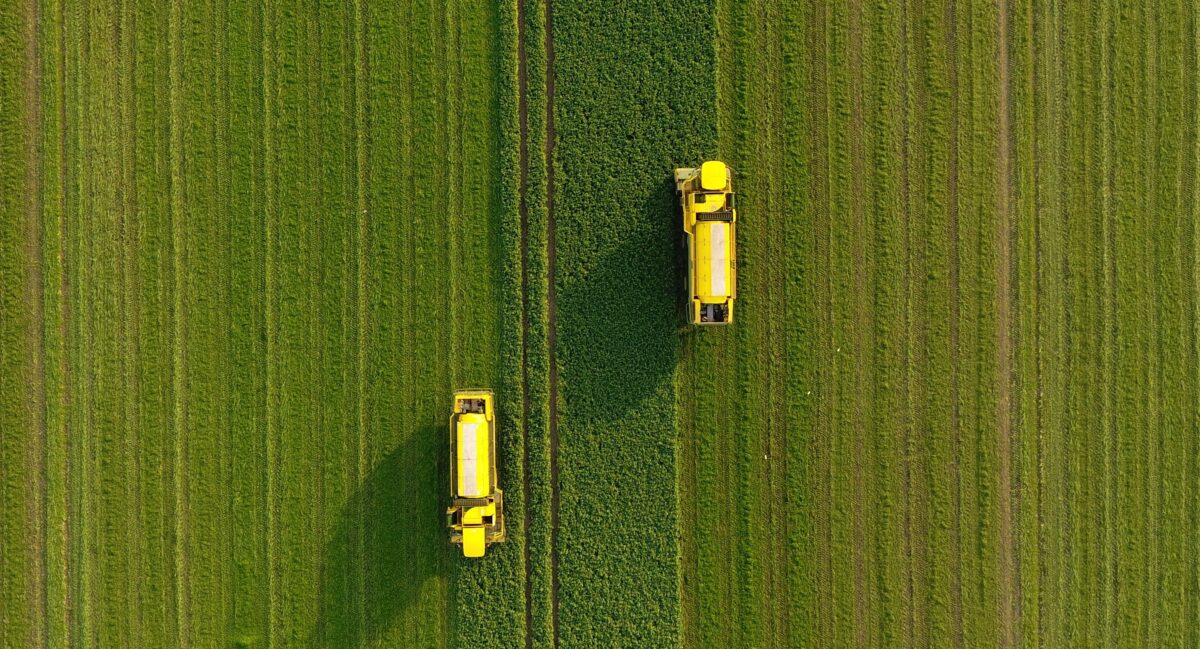Broody Barn Owls
Over the last few years we have established an extensive owl box scheme across our farms in Lincolnshire. For three years, we have been collecting data on the successes and failures of the boxes and keeping track of where the locations work best.
The results gathered and analysed so far have shown that the most fruitful boxes are those that link location to the wider environment, where establishment and management of our environmental stewardship and voluntary features have provided suitable hunting and feeding areas.
Barn owls are a great indicator of activity in the wider environment demonstrating the success of the local biodiversity within the farmed wildlife corridors, which is a key factor to their breeding and survival.
In the last week, we have revisited 11 of our owl boxes from which there has been 45 chicks recorded, all of which are second broods.
A fantastic and very encouraging result that has accentuated that the wider ecosystem is providing enough support for the barn owls to breed successfully for the second time this season.
An icon of the British countryside, the Barn Owl can flourish in a balanced landscape of environmental management and sustainable food production.
